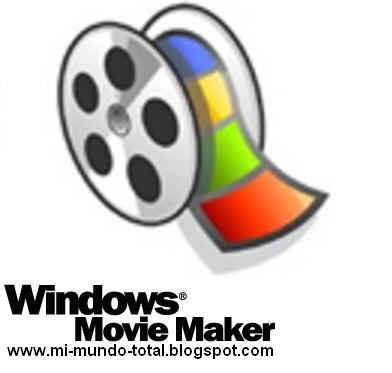
To do this, just click on View and choose the size you want (I personally prefer the Extra-small icons thumbnail size since I could view the overall storyboard better).

Note that you have the option to change the sizes of the images in the timeline depending on your liking. The pictures and video clips can be imported by clicking either of the two Add videos and photos button (one at the Home tab and the other at the storyboard) > locate the file folder(s) > select all the files to be used for the project > click Open > the files will be imported in the storyboard/timeline.īelow is the view of the imported images in the storyboard.
USING MOVIEMAKER MOVIE
Movie Maker 'remembers' the last known location of all the imported files - so any changes with the file locations, or even file names would lead to missing files in a project.Īfter all the necessary project files have been properly organized, it is now time to import them into the Windows Live Movie Maker. When the files have already been imported to a Movie Maker Project file (*.wlmp), DO NOT move these files to other locations.ĭO NOT move the main file folder (and sub-folders) of the imported files in the project.ĭoing these will not only make searching/locating of files faster and easier, but these will also be especially crucial in properly maintaining all the imported files in the project files. If possible, re-name the individual files according to the order of their use in the project (eg. Identify, sort, and save all the files you'll be using in a single file folder, preferably with separate sub-folders for images, videos, sound effects, music, etc. It is recommended that you do the following: Hopefully, by the end of this tutorial you'll be able to apply these to complete your movie project.īefore proceeding with the main post-editing work it is considered best practice to organize all the necessary files you'll be using for your movie project. This tutorial will introduce you to the different features of this program with respect to the various aspects of post-production video-editing.
USING MOVIEMAKER PRO
Windows Live Movie Maker may not be as sophisticated as other professional programs like Adobe Media Pro or Avid Media Composer, but it is a good tool to learn the basics of video-editing in film-making.
USING MOVIEMAKER SOFTWARE
Good thing for aspiring beginner film-makers there are some free video-editing programs like Windows Live Movie Maker - which can be found in almost all Microsoft-based computers as part of Microsoft's Windows Essentials software suite (You can download Movie Maker To do this you will be needing a video-editing program, there are several dedicated high-end video-editing software around but these are usually costly since they are primarily catered to professionals.


After you've completed the principal photography (taking the necessary photographs and/or videos), and doing some initial post-editing work (image enhancements, addition of graphic effects), it's now time for the last phase of your brickfilm/movie project - the post-production process of compiling and putting together all the movie elements to come up with the final movie/video product.


 0 kommentar(er)
0 kommentar(er)
